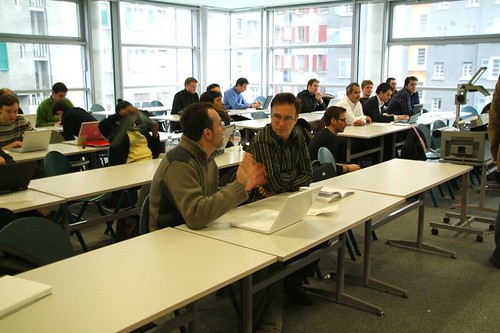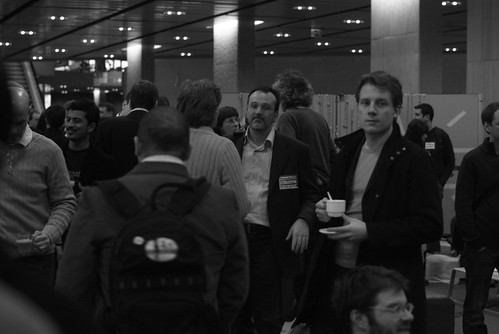I have some doubts that it will be usable since, in contrast to mouse or touchpad, it requires that your arm be in a non-resting position in order to be seen by the camera.
But the problem is another: will interaction with computers still be based on the desktop paradigm as long as computers are no longer "desktop" computers?
Undoubtely, the desktop metaphor is not appropriate for smartphones, PDAs, digital cameras, media players and media centers. That makes me think that a new metaphor is required. Morover, computers are less and less "document-centric". On the opposite, they are more "media" and "activity"-centric".
I personally believe that taking the interface "off the desktop" accounts for searching for new affordances in the interaction space. If we consider embedding computers in ordinary objects, then we must map the existing affordances to computing actions. For instance, if we justappose two objects, then we might think that the two objects recognize their relative spatial relation and according with their types they will exchange information and trigger contextual events.
Additionally, interaction between objects will always happen in the physical space, then the physical space itself will offer some affordance. As in the case of desktop GUI, where motion of icons and windows are sensitive to the context (e.g. zone of the desktop, foreground application, state of the system) where it take places, then the physical and virtual context will affect the interpretation of phyiscal motion of objects.
Blogged with Flock

















